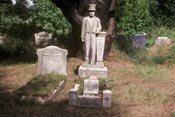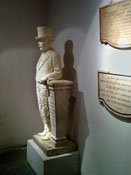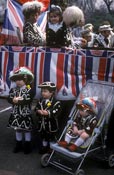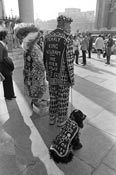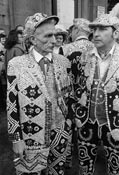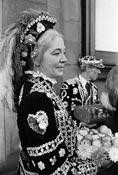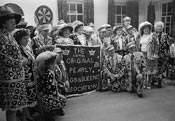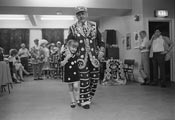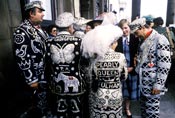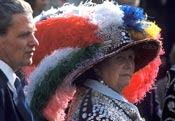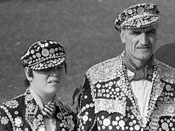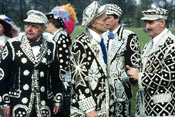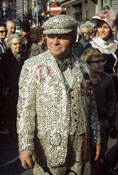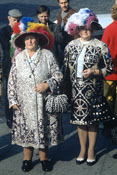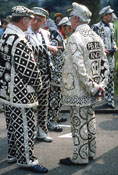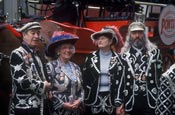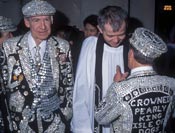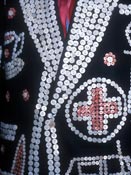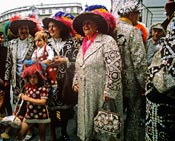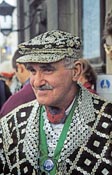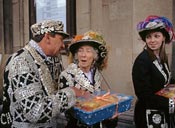
The Cries of London lead us naturally to the Pearly Kings and Queens, London characters as famous as the Chelsea Pensioners, ‘Beefeaters’ and guardsmen at Buckingham Palace and thus worthy of a little section of their own. The Pearlies sprang from the costermongers who manned the stalls in the innumerable markets in the city. They were a highly competitive lot but they looked out for each other. Each area threw up a ‘king’, a natural leader who spoke up for fellow traders against interlopers or overbearing authority, especially the police, and organised support if anyone fell on hard times. Gradually these leaders acquired ‘royal’ status among the cockney population and their authority came to be passed down to their sons and daughters. These dynasties live on.
The first actual Pearly King did not appear until about 1875 – and he wasn’t a costermonger at all.
Henry Croft was born in 1862 and grew up in an orphanage in Chalton Street, Somers Town, the curiously secretive area north from Euston Road between Euston and St Pancras stations, now almost entirely blocks of comfortable looking flats but then notorious slums. Henry became a road sweeper in the market outside (which, incidentally, still operates every Friday). He felt grateful to the orphanage so he started collecting pennies in the market for them. To encourage largesse he decided to draw attention to himself. The costermongers already had a habit of sewing a few buttons on their clothes but, to draw extra attention to himself, Henry decided to cover his completely. The costermongers were impressed by Henry’s enterprise, dubbed him ‘The Pearly King’, expanded their own arrays of buttons and took the opportunity to create a whole new folk artform with their individual designs. By the end of the century the custom had spread London-wide and Costermonger Royalty had become Pearly Royalty, though Henry retained their great respect until he died in 1930 - and about 400 Pearlies turned out for his funeral. There is a life-size memorial to him, originally in St Pancras Cemetery, but now on public view in the Crypt of St Martin-in-the-Fields in Trafalgar Square.
There are far fewer Pearlies now, of course, maybe 50 or 60, most descendants of the original Royal families. These days few, if any, are costermongers any more, or even live in London for that matter, but they still cling fiercely to their cockney roots, rhyming slang, the Lambeth Walk and jellied eels. They work tirelessly for London charities, attend countless local events, turn out en masse at the Lord Mayor’s Show and the Easter Parade and are most visible and approachable at their Harvest Festivals. ‘All for Charity.’
